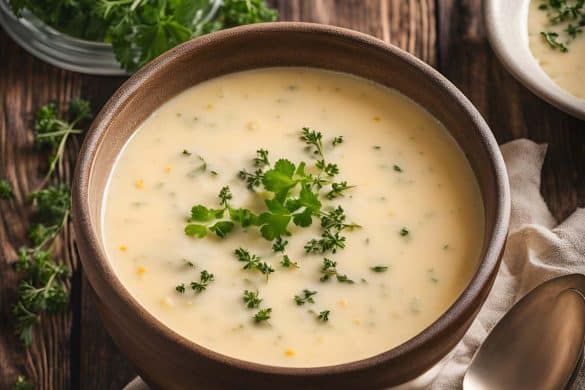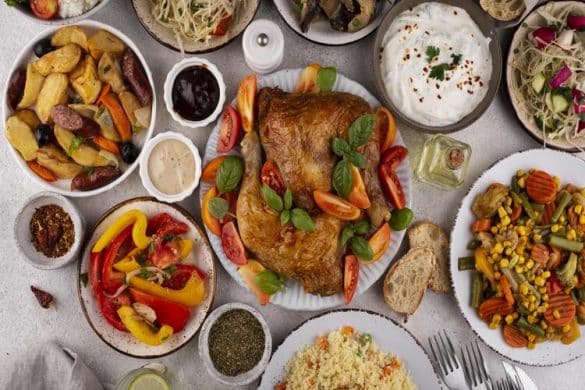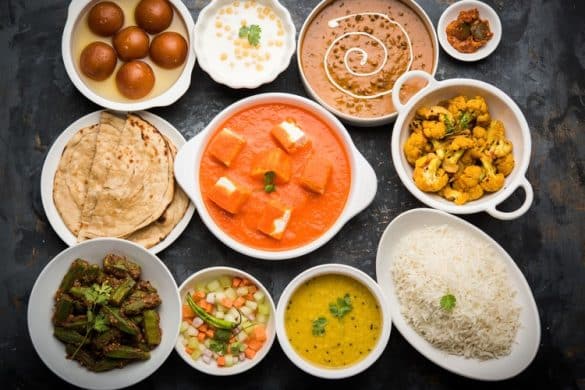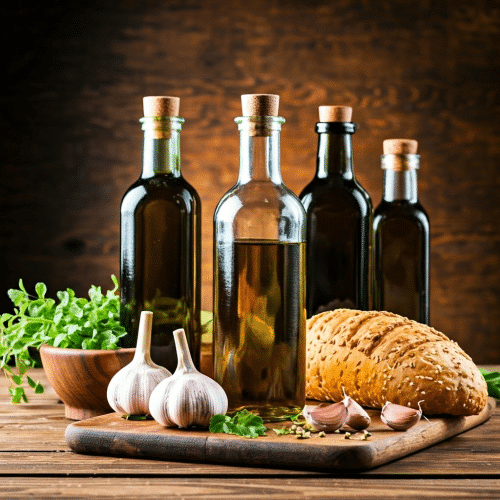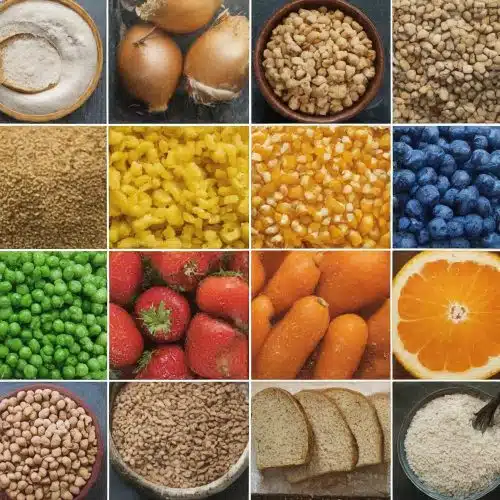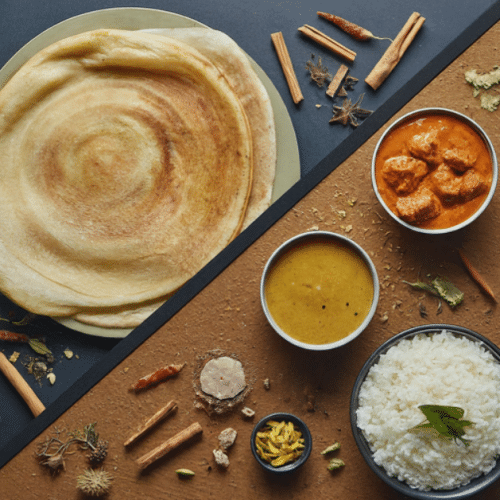Have you ever thought about pairing your everyday meals with the right drinks?
What an interesting idea, isn’t it? While most people often make the mistake of thinking they can “Drink whatever is available without bothering about the rules”, sometimes just the right combination of food with drinks is capable of lifting an average dining experience to the likes of fine dining!
Imagine you have your favorite Cabernet (red wine grape variety) chilling in the fridge. Mmmm…fantastic! Now decide whether you should drink it tonight when you’re having fried chicken or else the night you’re planning to have sushi? Odds are one combination will make you feel and say “WOW!”, while the other might feel a wee bit out of place.
If you take your food and its palatability seriously, here are a few winning combinations of food and drink you must try.
- Method one is contrasting:
- Select drinks that contrast the flavors in your food. Keep in mind that too much contrast could overpower one element over the other, whereas, just a tiny bit of contrast could bring out the good things in both. (Imagine adding a squeeze of lemon to your bowl of chili. Delicious!)
- Method two is mirroring:
- Choosing a drink that compliments the characters and offers continuity with the food, for the whole experience to flow seamlessly.
Your choice of pairing could be a blend of mirroring and contrasting in order to balance the drink and food in your mouth, and to bring out the goodness in food.
But what exactly should you be contrasting and mirroring? Here’s a list of things to pay attention to when selecting food and drink to be served together:
- Alcohol content, body, and impact:
- When you decide to open a bottle you will definitely want to consider the impact and body of your drink and the impact of the food.
- Wine is frequently described as being full-bodied, medium or light. Let’s compare it with varieties of milk: whole milk, skimmed, or full cream. Just like skimmed milk feels different in your mouth than cream does; light bodied wines and full bodied wines work pretty much in the same manner. This description isn’t limited to wine alone, it applies to beer too.
- Alcohol level is one of the main aspects that affects the body and impact of beer and wine. Choose a low alcohol drink if your food or dish is very delicate, to have a balance.
- Alcohol can also taste “hot” in your mouth at times, which can be intensified incase your dish is extremely spicy, you may want to keep a watch on that perhaps.
- Tip: If you are having a series of drinks then start with a lighter impact, and gradually advance to bigger and fuller drinks.
- Acidity and Brightness:
- Certain wines have more acidity than others and in beer; brightness could come from hops offering a fruity or citrus character to the brews.
- The richness in your food can be contrasted by acidity. Think of a plate of fried fish fingers with a dash of lemon. Your tongue could be coated in fat; acidity could rinse it out and refresh your mouth again. Use it to your benefit.
- Carbonation (Beer, Sparkling wine, Diet coke)
- Similar to acidity and brightness, carbonation could cleanse your palate especially if you are having a rich dish, and refresh your mouth for another round of flavorful bite.
- Carbonation makes these drinks a perfect combo with greasy and cheesy dishes.
- Tannin:
- In wines, tannin comes from the oak barrels, grape skins, seeds or stems. It gives structure to the wine and you may sense slight bitterness, which may dry out your mouth.
- Tannins help some red wines that don’t have much acidity go well with rich red meats; compensating the protein and fat. The fat and protein on the contrary appear to help compose the harshness and severity of the tannin.
- Tip: Tannins could make the soft tissue of your mouth slightly irritable. Hence avoid having super-spicy food with tannic wines, which may increase the irritability.
- Bitterness:
- Bitterness (in beers), similar to tannins, help balancing heavy, intense food and cuts through the smoky meat flavors and fattiness.
- Tip: You may want to watch out for beers with way too much bitterness, as they overpower delicate foods.
- Sweetness:
- Sweet dishes (need not be desserts, could be the ketchup, caramelized veggies, or sauces) when paired with an off dry wine, or maybe a beer with slight malty sweetness, brings out the goodness in these dishes by not over shadowing.
- You may pair it up with spicy dishes, enhancing the aromatic spices and contradicting some of the heat.
It’s miraculous when certain flavors in solid form and liquid flavors come together and create a third, mouth-watering, set of flavors, getting out something you wouldn’t have tasted if you had never attempted them together.
So the next time you invite some friends over, or cook up a rich meal take a few seconds to think about which particular drink would make the food tastier, would the dish make the drink taste better, or will both diminish.
Not everyone may agree on the ideal pairing, but you’re about to discover something delicious. Play with it!


